In today’s world, where air quality directly impacts public health, monitoring bioaerosols is critical. With multiple applications, the TE-BC251 NIOSH Bioaerosol Cyclone is designed to provide accurate and reliable sampling of airborne biological particles. In this blog post, we’ll explore the features, uses, and importance of the TE-BC251, emphasizing how it can benefit various fields, from healthcare to environmental research.
What Are Bioaerosols?
Bioaerosols are tiny airborne particles that come from biological sources, such as bacteria, viruses, fungal spores, and pollen. Monitoring these particles is essential for:
- Public Health: Ensuring safe environments in hospitals and other public spaces.
- Occupational Safety: Protecting workers in industries exposed to harmful bioaerosols.
- Environmental Research: Understanding the role of bioaerosols in ecosystems and climate change.
Why Monitor Bioaerosols?
Monitoring bioaerosols helps prevent the spread of diseases, protects workers, and provides valuable data for scientific research. By effectively capturing and analyzing these airborne particles, professionals can make informed decisions to enhance public safety and environmental health.
The TE-BC251 is engineered to follow the NIOSH (National Institute for Occupational Safety and Health) standards for bioaerosol sampling. Its advanced design and features make it a top choice for accurate bioaerosol monitoring.
Key Features of the TE-BC251
- High Efficiency: The cyclone design allows for superior separation and collection of bioaerosols, ensuring precise sampling.
- User-Friendly: The TE-BC251 is lightweight and easy to set up, making it accessible for users of all experience levels.
- Durable Construction: Made with high-quality materials, the TE-BC251 is built to endure tough field conditions.
- Versatile Compatibility: This device can be paired with various sampling pumps, allowing for customization based on specific needs.
- Wearable and Portable: The TE-BC251 is designed as a wearable, portable device that can travel with you, making it ideal for fieldwork or research in multiple locations.
- Stationary Compatibility: For settings that require stationary use, the TE-BC251 is fully compatible with the TE-BC251 tripod stand, offering flexibility in diverse environments.
Applications of the TE-BC251
The versatility of the TE-BC251 makes it suitable for a wide range of applications:
1. Healthcare Settings
The TE-BC251 is a must-have in hospitals for monitoring airborne pathogens. It plays a crucial role in detecting outbreaks by collecting samples of airborne pathogens that may contain infectious agents like influenza and COVID-19, which can later be assessed in a lab setting. Early detection allows hospitals to act quickly, preventing the spread of these diseases. In addition, the TE-BC251 helps with infection control. It evaluates how well cleaning procedures are working in critical areas, such as surgical rooms and patient care units, ensuring these spaces remain safe and pathogen-free.
2. Environmental Monitoring
Environmental scientists use the TE-BC251 to study bioaerosols and track air quality in various ecosystems. This tool monitors the impact of urbanization on airborne biological particles, offering insights into how urban growth affects environmental health. Moreover, it helps scientists explore how bioaerosols interact with climate change. This data is essential for understanding how pollution and global warming influence ecosystems in the long run.
3. Agricultural Use
In agriculture, the TE-BC251 ensures worker safety and protects crop health. It detects airborne allergens and pathogens that may pose risks to agricultural workers. Additionally, the TE-BC251 monitors pest control strategies, helping farmers see if their methods are working. This device allows farmers to make informed adjustments, leading to healthier crops and more sustainable farming practices.
4. Meteorology and Climate Research
Meteorologists and climate researchers depend on the TE-BC251 to study the movement of bioaerosols. These particles affect cloud formation and precipitation, which influence weather patterns. By understanding this, scientists gain valuable insights into atmospheric changes. The TE-BC251 also helps researchers examine how bioaerosols impact ecosystems, shedding light on the relationship between the atmosphere and environmental health.
Best Practices for Using the TE-BC251
To maximize the effectiveness of the TE-BC251, consider these best practices:
- Calibration: Regularly calibrate the device and sampling pump to ensure accuracy.
- Follow Protocols: Adhere to established sampling protocols for consistent results.
- Analyze Data: Use appropriate methods to interpret collected samples effectively.
- Maintenance: Perform routine checks and maintenance to keep the equipment in optimal condition.
Conclusion
The TE-BC251 NIOSH Bioaerosol Cyclone is an indispensable tool for anyone involved in air quality monitoring and bioaerosol research. Its efficiency, user-friendliness, and versatility make it ideal for various applications across healthcare, environmental science, agriculture, and meteorology.
By investing in the TE-BC251, you empower your monitoring efforts and contribute to a healthier environment for everyone.
For more details about this product and to see how it can meet your bioaerosol monitoring needs, visit our product page or select one of our TE-BC251 products shown below.



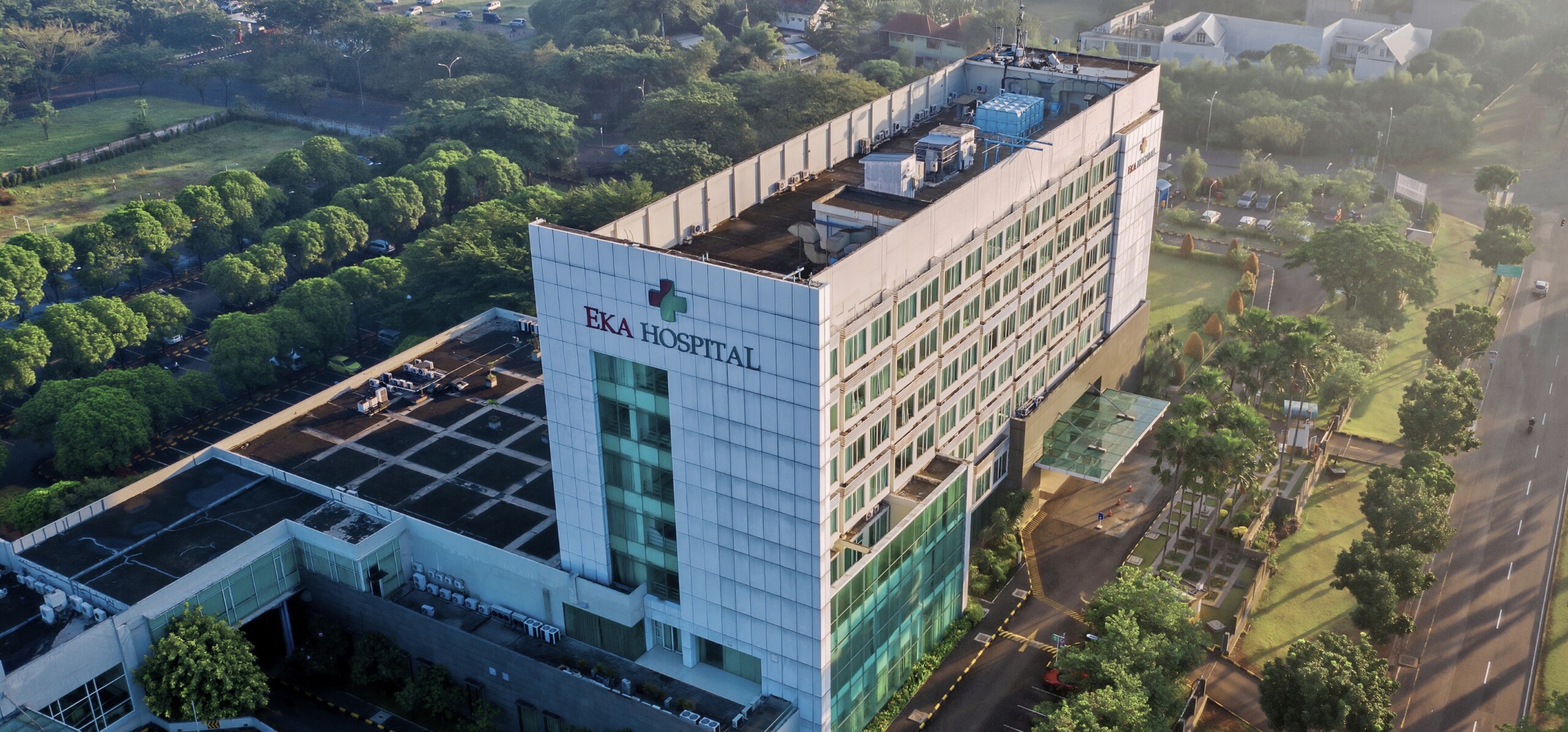
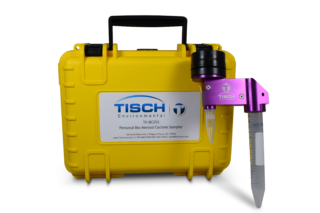
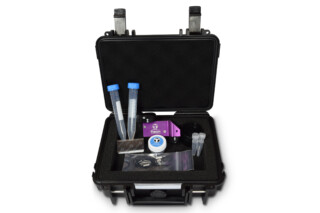
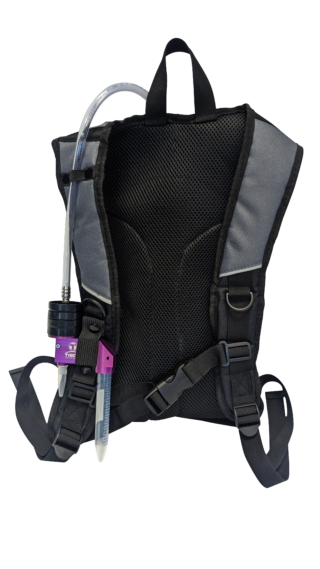
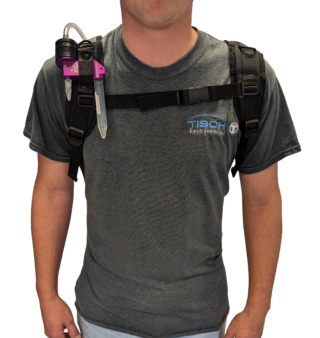
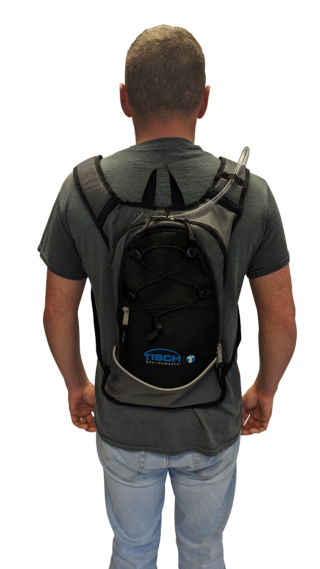
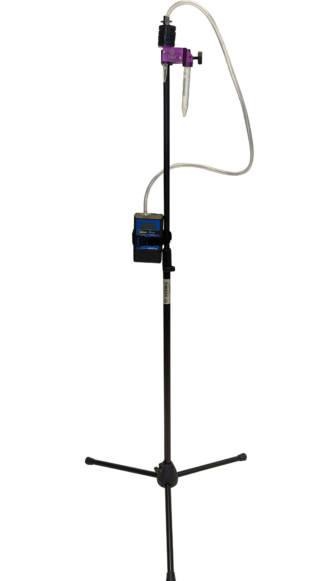

Get Social